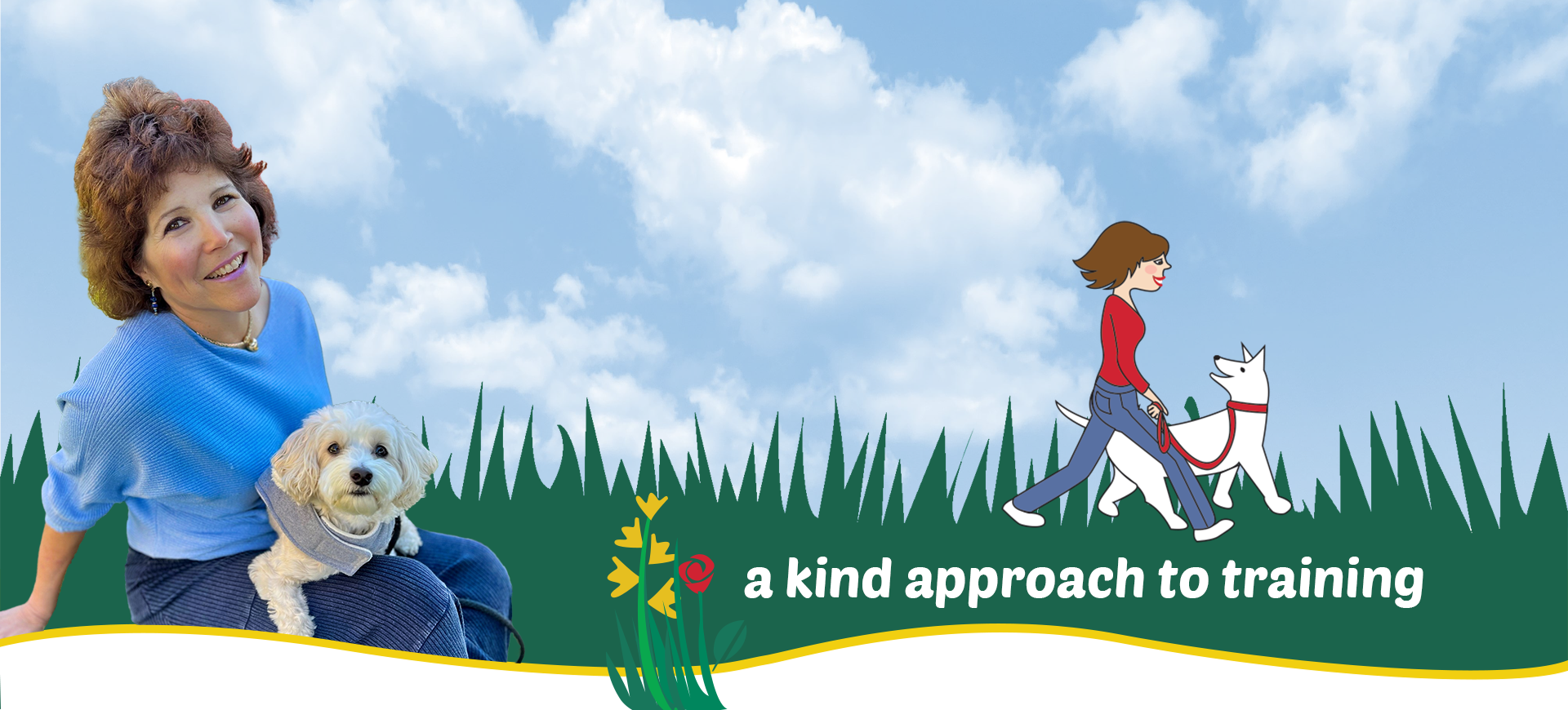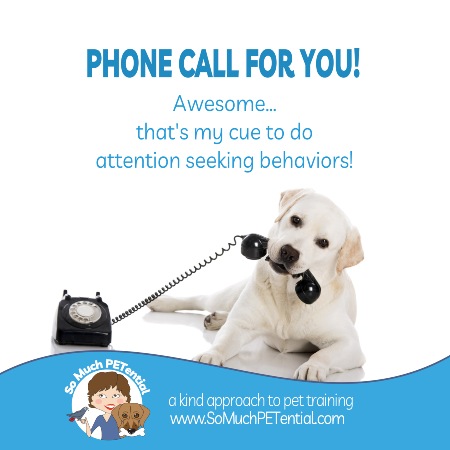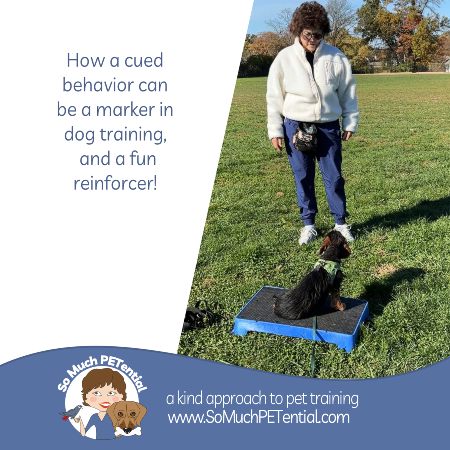(NOTE: This was originally posted in 2012, and has been updated.) Sam, our dearly loved family dog who loved playing outside, ready to greet every passerby with a tail wag, suddenly became terrified to go outside after my parents’ neighbors had their own private July 4 fireworks display. Especially if it was nearing dusk. This is how I used my dog training education to support him using systematic desensitization and counterconditioning to help him get past his fear and go back to enjoying the backyard again.
The Day After July 4 For Our Family Dog
Suddenly being outside in the dark became a trigger for panic (rapid heart rate, tense muscles, running away). No matter what my dad tried, he couldn’t get Sam out the door willingly as soon as darkness descended. And, if he could get Sam outside by pulling Sam on a leash, our little boy would run charging back to the door. By day two, my parents let Sam stay in at night (he was young at the time and luckily can hold things until morning) until I could come over and work with him.

What did I do? I put my education to the test by using the most positive, least intrusive strategies I know to re-teach Sam that being outside after dark can be pretty darned fun. And in one night, that’s what he learned.
Systematic Desensitization and Counter Conditioning For Our Dog’s Win!
I used what is called systematic desensitization, a process of gradually exposing Sam to the fear-eliciting stimulus (outside darkness) WITHOUT unexpected loud noise, in small, incremental steps. The criteria for advancing to the next step was watching his calm behavior and only moving forward at a pace that did not elicit even the mildest of his fear responses. The beauty of systematic desensitization is that Sam was always in total control. His body language dictated whether we moved forward or stepped backward. And I don’t know about you but I like knowing I have the power to control my situation.
Here’s what I did. Starting far enough from the door where he was calm with his tail wagging, I gave him a treat, petted him and was silly with him. We slowly moved toward the door. If I noticed any sign of escape behavior, we backed up to where he was comfortable again. Then we started over. In the first session, we got to within about five feet from the door. We stopped and came back to it a half hour later.
By the next session Sam stood at my side as I touched the door, then opened it slightly without his showing any sign of tensed muscles or looking like he was going to run away. Fifteen minutes later we tried again and this time he touched his front feet outside the door before he backed up. That was time to stop for a half hour and start again. The next time we started with him at the door. He walked all the way through the doorway and I held it open so that he knew he could run the other way if he chose to. The choice was always within his power of his own body language. However, once he was outside, I raised the bar by grabbing a squeaky toy.
Suddenly all he could think about was playing. We got down the steps and I took off running. He charged after me and the thought of running to the door was furthest in his mind.
Sam had just re-associated being outside in the dark with play because he had the power to decide when ‘he’ was ready to move to the next step and because I paired being outside with some of his favorite activities. That’d be eating, playing and getting attention. In scientific terms, that re association is counterconditioning a fear eliciting stimulus into a feel-good eliciting stimulus. Systematic desensitization on steroids my teacher likes to say. In other words, I drained darkness as an elicitor of rapid heart rate, tense muscles and running away and helped counter condition darkness into a predictor of good things for Sam.
And hey, I’m all for good things!






